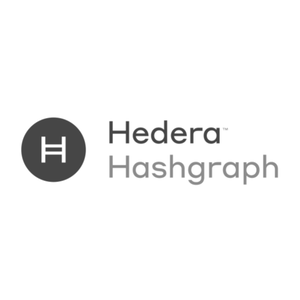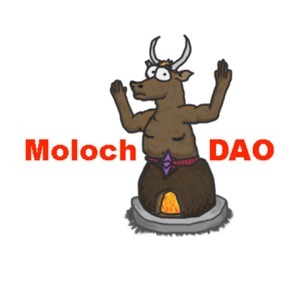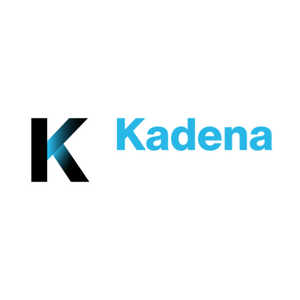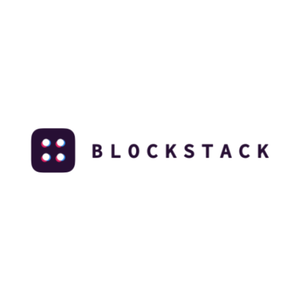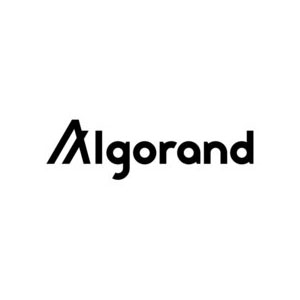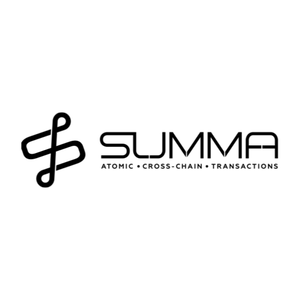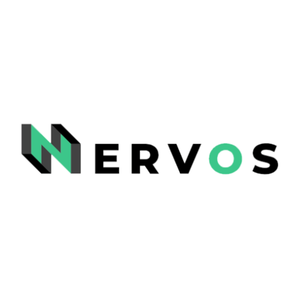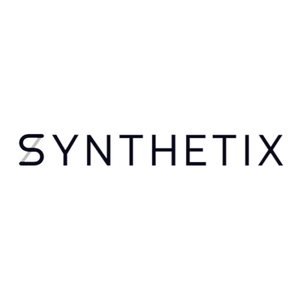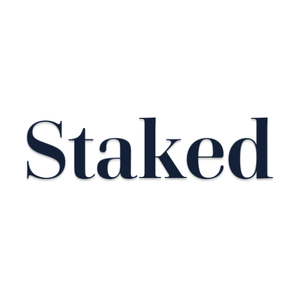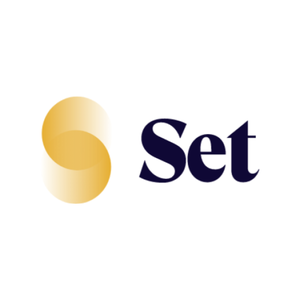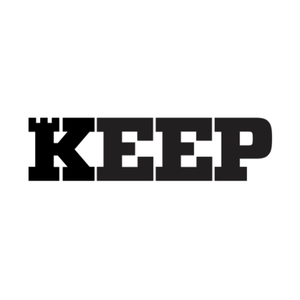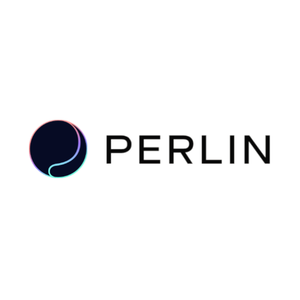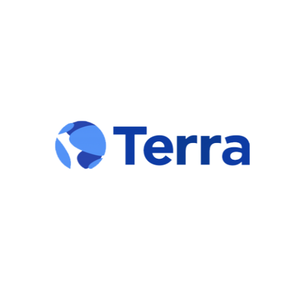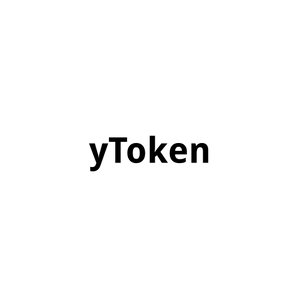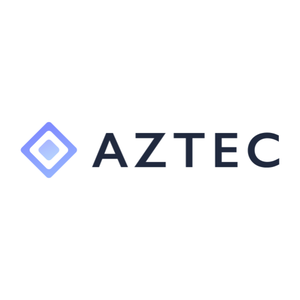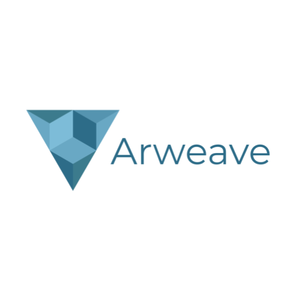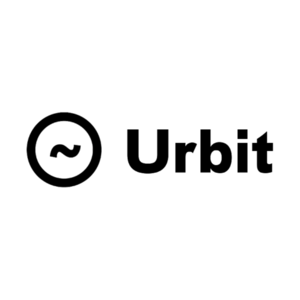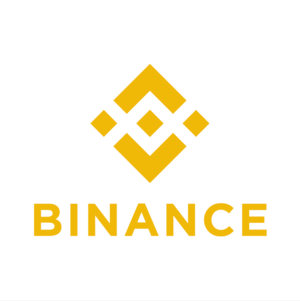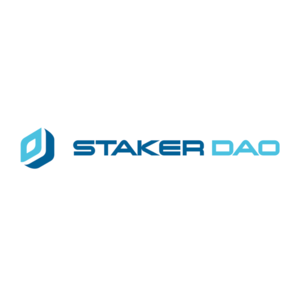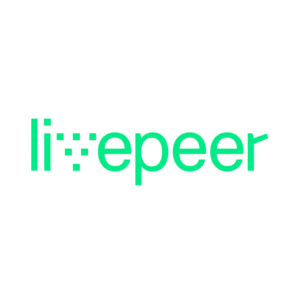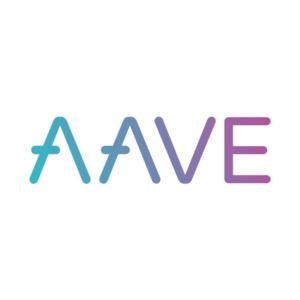Crypto AMA with Hedera Hashgraph (7.26.19)
Spencer Noon Dec 7, 2019
- Dr. Leemon Baird
- Edgar Seah
Let’s please give a warm welcome to Dr. Leemon Baird (co-founder and Chief Scientist) and Edgar Seah (head of Asia Pacific) of Hedera Hashgraph!
As a reminder for everyone participating—please keep the discussion respectful at all times.
Leemon @edgar - could you start off by giving us a brief bio on your backgrounds as well as how you got started in crypto? And then a short overview of Hedera Hashgraph and a brief update on your progress to date? We’ll then be off to the races with questions.
Hi, I’m Leemon Baird. I’ve been a computer scientist, professor, researcher, and entrepreneur. I'm the co-founder and Chief Scientist of Hedera Hashgraph. Hedera is the third company that my business partner (and Hedera CEO) Mance Harmon and I have founded.
Hi everyone, it's a pleasure to e-meet everyone. I am the Head of the Asia Pacific region for Hedera Hashgraph.
In my prior career, I was the Head of Asset Backed Trading & Syndication and Co-Head of Asset Backed Originations at Bank of America Merrill Lynch for Asia.
I left the finance industry in mid-2010 and moved to Ghana to launch Sponsors for Educational Opportunity (SEO) Africa, a revenue generating nonprofit leadership development program for young Africans, with the mission of developing the next generation of socially conscious leaders of Africa.
I’ve been an angel investor in early-stage tech companies since 2012, with a focus on DLT and AI companies. Came to learn about hashgraph back in 2017, and was so impressed with what Mance and Leemon were building that I decided to join Hedera full time in late 2017.
Hedera is a public ledger. It's built on the hashgraph consensus algorithm (so it can be fast, fair, secure). It does cryptocurrency, files, and smart contracts now, with a consensus service coming soon. Hedera is governed by a council of leading companies distributed around the world, in different locations, and in different industries.
We launched the company last spring, turned the mainnet on last August, and have been developing and doing community testing of the network since late last year. Later this summer we will have open access, when anyone will be able to access the network, build applications.
Fantastic, thanks so much for the introductions. Let's open it up to our audience for questions!
Feel free to ask 🙂
I'll start, and I'd like to first set the table a bit for our audience. In some of my research before this AMA, it seems like Hedera Hashgraph doesn't consider itself only as a crypto network and is instead trying to think a bit bigger. How would you describe your approach to positioning yourself in the market?
Our vision has been to enable shared worlds, where anyone can create their own chunk of cyberspace. So yes, we're a DLT ledger, which has a cryptocurrency to enable its use, but also more. We do smart contracts. We have file storage. We manage multilevel multisig keys in a way to provide a revocation service. We have fair timestamps to give an more powerful timestamping service. And we have something new: a consensus service. So yes, not just crypto.
And to follow that up, you guys also appear to be partnering with some of the biggest companies in the world. What partners are you the most excited about and what applications are they building?
Throughout your work, have you found any notable advantages / disadvantages of DAGs compared to blockchains?
Right now our council members include Nomura, Swisscom Blockchain, Deutsche Telecom, DLA Piper, Magazine Luiza. Plus more we haven't announced yet. They're building all kinds of applications. Such as applications for managing call records, for tokenizing assets, and for others they'll be announcing soon.
And in addition to the council, we have many dapps that have been building on our test nets, like Certara doing pharmeceutical supply chain management, and partnering with ChainLink for doing oracles for smart contracts, etc.
https://www.certara.com/pressreleases/certaras-synchrogenix-division-collaborates-with-hedera-hashgraph-to-offer-data-flow-and-transparent-collaboration-solutions-for-the-life-sciences-industry/?ap%5B0%5D=RW
Can you explain your consensus algorithm and some of the benefits/weaknesses vs. PoW and PoS?
Hi Leemon and Edgar,
Few questions sorry if this is a shotgun style!
1) Of the 500 teams building on Hashgraph, do any have real world traction and what metrics gauge success here?
2) Can you explain how your consensus mechanism works?
3) How does Hedera decide which organizations can join the network? (Choosing the best law firm as a node in the U.S. is great, but what about all the great law firms in China, Europe etc?)
My 2nd Q is the same as Tony’s btw
The hashgraph algorithm is very different from a chain of blocks being built with Proof of Work, or being built by leaders.
In hashgraph, every node is constantly adding new transactions, without taking turns, and without any kind of leader, not even temporarily. Each of their messages includes several transactions with 2 hashes, revealing the last message they created and the last one they received. This works to build an entire history of EXACTLY how everyone talked to each other. It's a history of their gossip. So they are actually gossiping about gossip. As soon as a node receives enough of these, it immediately can calculate the consensus without talking to anyone else. So it's virtual voting. It achieves Asynchronous Byzantine Fault Tolerance, the highest level of security (ABFT is higher than just BFT). And it's fast.
And fair.
In case anyone wants an explanation with diagrams, this video describes how hashgraph works:
Its a quick 4 minute video
Leemon How many employees work for Hashgraph and in what functions (engineering, marketing, etc)?
Thanks for the AMA guys. Quick question on this - why do those apps need to be on a blockchain?
Hey folks, I am a bit familiar with Hashgraph having seen Ken run a demo at BuildETH. I understand you will have open access by end of summer. You right now have a Java SDK. Is there anything else you are working on in the open to supplement your tooling/instrumentation/dapp adoption?
Thank you!
The process for vetting council members is very detailed. We want an industry leader, such as the largest telecom in Europe, or one of the largest financial institutions in Japan, or one of the largest retailers in South America. We ensure that they are distributed across many different industries, and will not allow too many from the same industry. We ensure that they are scattered across the globe, so they aren't all under one country's jurisdiction, aren't all in one continent, and are as spread out as possible. No reps from a Mars colony yet, but someday ...
Hello Team Hedera! Are Hedera governing council members obligated to build and run applications?
They are obligated to run a node, but not obligated to run an application. Although many of them are joining our council because they have applications they want to run on Hedera
Great question about the tools! Yes, we will have Open Access this summer. We have many tools that we have released or are in the process of releasing that will be open source. These include a Java SDK to help people write their own software, wallet software for both iOS and Android, a Chrome plugin to surf the web while making micropayents for content, the micropayment server it talks to, and the WordPress plugin that enables the web page to interface with it. Along with tools for managing keys, creating transactions, retreiving balances and histories, and other options. In addition, the community is building tools, such as SDKs in many other languages.
How many validators are you guys planning to have on the network? Do all nodes directly participate in consensus?
~70 team members, 30+ of which are technical
Asset tokenization is a very interesting application to put on a DLT ledger. You could just have a database to remember who owns what stock or real estate or bottles of wine or whatever. But people would be unwilling to trust the database unless they know the people running it. And even then. they might not trust it. Ledgers open up a whole new approach, where anyone can tokenize assets, and the users can trust that once you buy a token, no one will steal it. And no one will sell the Brooklyn Bridge to multiple people at the same time.
Main functions are Engineering, IT, Business Development, Marketing, Legal, Developer Advocacy
Can you estimate the monthly or annual burn rate?
Have any corporate entities had difficulty becoming validators? Is this difficulty anticipated?
Hey Leemon! Would love it if you could elaborate on the transition from a more permissioned network to start to more open over time and how that will work. Thanks!
It's funny to ask how good DAGs are. There's a sense in which a "DAG" isn't really a kind a ledger. It's just a data structure, a Directed Acyclic Graph. And it's maybe not the most useful way to break up all the ledgers in the world into categories.
For example, there is a huge difference between DLTs based on leaders vs those that aren't. But either way might or might not use the DAG data structure. Simnilarly, there is a huge difference between those that put all the transactions into a total order, versus those that just pick sets that aren't conflicting.
Again, a DAG could be used either wey. And the biggest differences are between those that are ABFT vs only BFT vs failing to achieve even BFT.
Hashgraph is ABFT, creating a total order of all transactions, with no leaders at all (not even taking turns being a leader). It uses the Directed Acyclic Graph data structure. It also has "fairness" which is a concept that isn't discussed much, but is sometimes very important.
Hedera will expand its validator network in 3 phases. In Phase 1 of the network, it will just be the 39 council members, Phase 2 will include additional trusted, well-known organizations, Phase 3 will be open to anyone to run a node on the network, and we expect thousands, if not more nodes on the network.
Thank you both!
Hi Nick. Glad you're here! As Edgar said, we're following a path. There are more details in my last webinar. Just a second, I'll get a link to it.
Are you looking to fund development efforts with the community to bring more adoption on board? If so, what is your strategy?
What are the biggest attack vectors against DAGs? Are there any other DAGs that you guys are monitoring as interesting in the crypto community?
How will Hedera make money going forward? How will you sustain your organization? Is it going to be a fundation, or a for profit org?
It looks like you took the approach of signing big corporate actors to run nodes. This seems similar to Libra. How do you respond to that competition?
There are DAGs that are ABFT and secure, and there are DAGs that are not ABFT (or even BFT) and not secure. The real question is whether it is leader base, whether it is a simulated economy, whether it is even BFT. If you have a leader. you tend to have DDoS attack vectors (Distributed Denial of Service), where many compromised computers on the internet can flood one computer with packets and freeze the whole network. If you have a kind of simulated economy without any BFT math guarantees, then there tend to be game theory kinds of attacks. None of this has to do with DAG vs blockchain. But they are important things.
And why ABFT matters: https://medium.com/hashgraph/formal-methods-the-importance-of-being-abft-in-a-world-with-bad-actors-7308a4997fdd
Two questions:
1. How does Hashgraph consensus compare to HoneyBadger BFT? The latter is also leaderless and fair, right?
2. You address in the Hashgraph paper a situation in which the vote for the famous witnesses gets stuck, and add the element of randomness to have provable liveness.
After Phase 3 you plan to have thousands of validators. The probability of 2/3 of 1000 validators tossing a coin heads is practically zero. Am I right that in practice with such a number of vlaidators that cointoss will not help prevent stalling of the consensus?
Do you have a good insight into how realistic it is for an adversary to stall the vote on the famous witnesses, is it something that is extremely unlikely in practice with or without cointoss?
What is the monetary policy of the Hashgraph token? How do you guys think about value accrual for the token?
Excellent, thanks Edgar!
There have been some (less technical) companies where it requires more education on our part to get them comfortable with running a node on Hedera, but that was to be expected.
No, it's definitely not going to stall! Let's talk about this a bit more. I think there are some misunderstandings. This all comes from a literature that's been going on for the last 30 years.
In hashgraph, if the honest nodes can talk to each other as they want, then we reach consensus VERY fast (usually 2 rounds) with VERY high probability. And the more nodes you have, the better it is. That's great.
If an attacker is able to partition the network so that no one can talk to each other, then we freeze until the partition ends. That's also what you would want. You don't want people in different partitions coming to different agreements about different "consensuses". Hashgraph does this. So that's good.
If an attacker can put up firewalls and slow down some packets and not others, you want to be immune to the possibility of a clever attacker tricking you into getting a false consensus. You also want to prevent them from getting you into state where you'll become stuck forever. Hashgraph also achieves this.
And if the attaker slows down the packets unequally, in a malicious way, you want to know that you'll keep making progress. And hashgraph achieves that, too.
In addition to all that, there is a theoretical situation that for 30 years people have always wanted to mathematically prove is good, and so we've also mathematically proved is good. This is where an attacker can eavsedrop on every connection, and has incredibly powerful computers, and has complete control of every packet going overt the network. We'd like to prove that they can't freeze us forever while still allowing an occasional packet to get through. That is the one situation where you have to flip coins. We do that. And so we achieve the standard math proof. But it's purely a theoretical situation. In the real world, that particular situation can't happen, unless the attckjer has so much power over the internet that they could simply turn off the internet. And if they can do that, then they shold simply turn off the internet.
TL;DR we have coin fipping in the code that will NEVER actually happen in practice. In practice we always converge in 2 rounds, unless the internet itself breaks. At which point we simple freeze until the internet is fixed again.
Do you worry about potential legal risk if the only validators on the network are council members?
This is an important part of our ecosystem, and we are looking at ways to fund it. In addition. there are already others, such as Helix Accelerator, which are already identifying and funding startups who build on Hedera. I'm excited about what they're doing, and it will be just the tip of the iceberg.
https://www.helixaccelerator.com/
Helix graduated their first class of 12 companies in April, and are now working on a rapid expansion
Thanks for elaborating. So it is reasonable for a practical implementation of Hashgraph to drop the cointoss rounds altogether, rigth?
Is my understanding correct that in good cases it will speed up the consensus by some ~1.5 factor, because in practice the coin toss rounds usually make no progress?
Separately, when I was playing with Hashgraph, I found that I can't implement the computation of strongly-seeing faster than O(n^2) per message, where n is the number of validators. Since one round requires linear (or superlinear) number of participants to publish a message for which I need to do some strongly-seeing computation, the coputation overhead per round was O(n^3). Is it consistent with your implementation?
The hbars that exist right now are all the hbars that will ever exist. There will be NO inflation. And we have already talked about the slow release schedule for the existing hbars over the next 15 years. which is discussed in the webinar I linked to above.
One more question from me. 😃
Is there a specific category of applications you think are best suited for Hashgraph? Why would developers choose to build on HH instead of Ethereum, Tezos, or some or the other next gen smart contract platforms?
The coin flipping has absolutely no impact on performance. Because we never actually get to that point. 🙂 In practice, we always get to consensus in 2 rounds. But we don't flip coins unless we go a dozen rounds without consensus. That will never happen. Even if the internet turns off, that simply freezes us, so we don't progress to the next round. It is actually incredibly hard to construct a case where we would go a dozen rounds without consensus. It would require an attacker that controls every aspect of the internet, plus has substantial power beyond that.
So sure, a practical implementation could leave out the coins. But it has no effect on the behavior or speed in practice.
There are lots of optimizations that will be in papers and webinars in the very near future.
Leemon looking forward to the info on the optimizations!
Separately, the future is indeed very "near" :)
Great question! We have optimized across the board for payments and HCS messages to be fast, while still supporting file and smart contracts. So payments will be very, very fast, which also correlates with a low fee per payment. And the same is true for the Hedera Consensus Service (HCS). The HCS is a new service for us. And a new kind of service in the whole DLT / blockchain world. We have a webinar and blog and whitepaper describing it. We've worked closely with IBM on this, and they are actually talking on the webinar with me, and coauthored the white paper. And there are open source tools being released for that, too. Here are links to it:
https://www.hedera.com/hh-consensus-service-whitepaper.pdf
Great. We're going to wrap things up now in the interest of time since the Hashgraph team has to go. Leemon and @edgar thanks so much for joining us today! How can our audience stay up-to-date with your progress, and what's the best way to get in touch?
You can sign up for our newsletter on our website www.hedera.com to stay updated. Here's our Telegram and Twitter as well: https://t.me/hashgraph
https://twitter.com/hashgraph
Thanks everyone! It's been great talking with you!
Awesome.
Thanks Crypto AMAers for tuning in today and stay tuned for our next AMA announcement coming soon!
Thank you everyone!
